Design Project Management 101 – Methods, Tools, and Necessary Skills
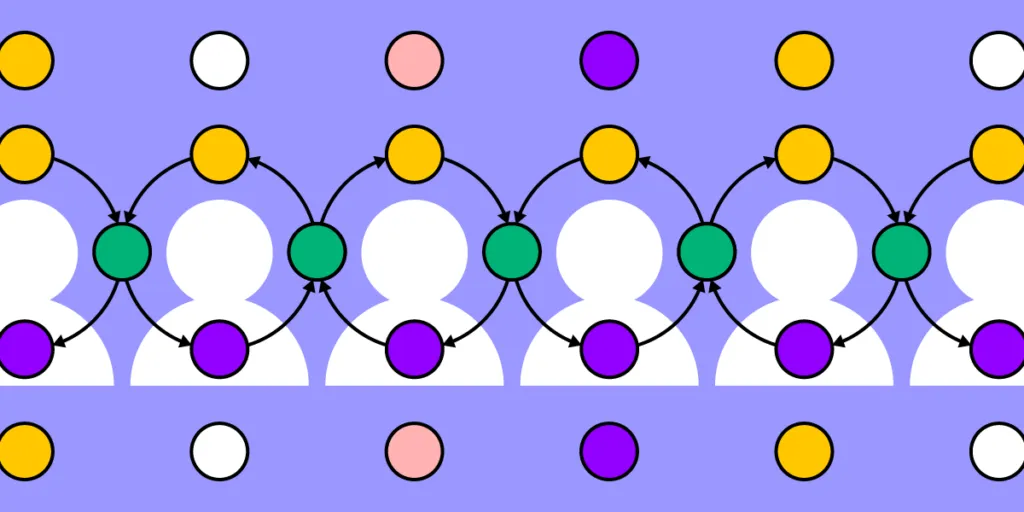
To deliver successful outcomes, design project management incorporates several key UX functions, including creative direction, UX design, DesignOps, and design leadership.
This article explores the design project management discipline, a manager’s skills, relevant tools, and the five stages from initiation to final delivery.
Achieve better results during the design process with high-quality, interactive prototypes using UXPin Merge. Learn what makes this technology stand out among other design tools. Visit our Merge page.
What is Design Project Management?
Design project management oversees the design process for digital product development projects, including resource allocation, task delegation, goal setting, stakeholder reporting, and other project-related functions.
Design project management functions similarly to traditional project management, but managers must understand design thinking, UX research, and user experience principles to implement effective plans and strategies.
5 Design Project Manager Skills
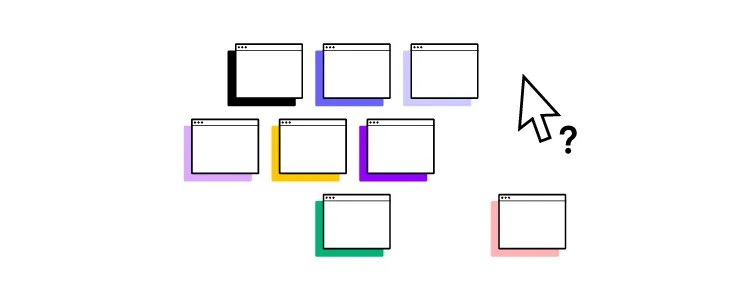
Here are five essential skills every design project manager must have.
UX Design
UX Design is one of the skills unique to design project managers vs. regular project managers. This knowledge helps define a realistic roadmap and project timelines, allocate resources effectively, and assign tasks to the right team members. These UX design skills also help design project managers communicate with stakeholders.
UX design skills can be acquired on a job or formally via UX design degrees.
Technical understanding
While design project managers don’t have to learn code, it’s important to have a foundational understanding of the product’s framework and technical limitations. Technical skills help when collaborating with engineering teams and stakeholders and articulating the impact of missed deadlines to designers.
Communication
Design project managers must be excellent communicators, capable of communicating and collaborating with team members at every level of the organization. They must facilitate design and cross-functional meetings, often bridging the gap between designer/engineer communications–further reiterating the importance of foundational UX and technical proficiency.
Collaboration can be facilitated with the right tools. Read about: Top Design Collaboration Tools.
Leadership
Leadership is a significant part of any project management role. Design project managers must often motivate and mentor project team members to complete challenging work to tight deadlines. They also play an essential role in conflict resolution within the project and, therefore, must be someone the team respects as an unbiased mediator.
Resource management
Design project managers are responsible for a project’s due dates, deliverables, budget, and team members. They must understand how to manage these resources and implement corrective actions with contingencies when things don’t go according to plan.
Design Project Management Frameworks and Methodologies
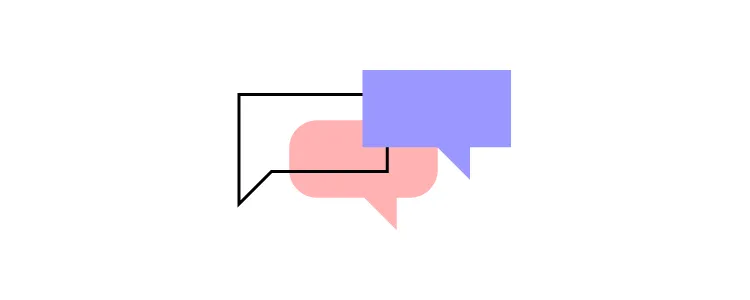
Design project management frameworks don’t differ too much from regular project management. Here are five common frameworks used for design projects.
Agile
Agile is an iterative project management methodology with shorter planning cycles, flexible to changes (market, product, tech, etc.), work-in-progress (WIP), and vaguely outlined project goals. This flexibility makes Agile popular for digital product development, where new technology and trends can influence the direction of a project.
Scrum
Scrum is an Agile framework that divides a complex project into digestible short-term goals or sprints. These sprints vary between 2-4 weeks, where teams iterate over a single problem to find the best solution.
Kanban
Kanban is a transparent framework that uses a kanban board with columns or sections to visualize a project and its tasks. Kanbans typically have three columns:
- To-do
- Doing (work in progress/WIP)
- Done
Team members move tasks through these sections as they start and end each one. In some instances, the project manager may add additional columns–for example, “in review,” “QA,” “backlog,” etc.
Lean UX
Lean UX is a collaborative outcomes-based framework focused on conducting many experiments during the design process to solve a specific problem. Designers must deliver a solution that offers maximum value without “nice to have” features.
Waterfall
Waterfall is a sequential methodology with five static phases:
- Requirements
- Design
- Implement
- Control
- Closure
The aim is to complete each phase before moving to the next. Waterfall is a rigid project management method with no room for error or iteration. PMs typically use waterfall when a project’s budget, requirements, and scope are clearly defined, reducing the need for flexibility.
Design Project Management Software

Design teams use project management software and various design tools to complete projects.
Project management tools
Project management software is vital to define tasks, manage workflows, and track progress in a centralized repository. Common project management apps used by creative teams include:
- Trello
- Asana
- Notion
- Wrike
- Monday.com
Whiteboarding & brainstorming
Designers use whiteboarding tools throughout the design process to collaborate and share ideas. Some popular examples include:
- Miro
- Mural
- Google Jamboard
User research and testing
Research and testing are vital for any design project. Designers use various tools to recruit, schedule, test/analyze, and pay participants. Some examples include:
- Ethnio
- User Interviews
- Userback
- Hotjar
Team communication
Communication is critical to keep team members connect with one another and the rest of the organization–especially in remote work environments. Some examples include:
- Slack
- Google Chat & Spaces
- Microsoft Teams
Design & Prototyping Tools
Design tools allow designers to create user flows, wireframes, mockups, and prototypes. Common design tools include:
The Five Stages of Project Management
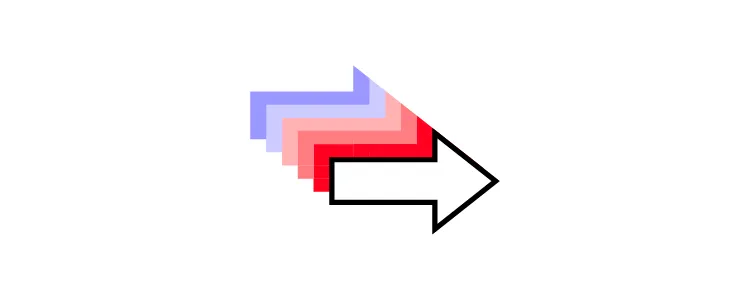
There are five stages of project management which design projects also follow:
- Initiation
- Planning
- Execution
- Monitoring
- Closure
Project Initiation
Design leads and stakeholders review two documents to determine whether they will initiate a design project:
- Business case: outlines the benefits of a project, initiative, or strategy and why the company or department needs it.
- Feasibility study: defines the problem and whether the design project will solve it.
If the organization decides to proceed, they create a project initiation document (PID) which includes:
- The project’s scope and goals
- Constraints
- Budget
- Risk assessment
- Key stakeholders
- Controls and reporting
- Deadlines and delivery
- Design Brief
Project Planning
Following the PID and design brief, the design project manager and various stakeholders define the project’s roadmap, including scope, goals, tasks, schedule, and resources.
A typical design project plan will include:
- Available resources, including time, budget, and labor
- Roles and responsibilities
- Project milestones and objectives
- KPIs
- Reporting intervals
- Risks and contingencies
- Project tools and communication methods
- Project deliverables, file formats, and delivery method (Dropbox, Google Drive, etc.)
Project Execution
A “kickoff” usually starts a project where the entire team and stakeholders gather to discuss the problem the project must solve and relevant deliverables. The design team begins working according to the project framework and assigned responsibilities.
Project Monitoring
Monitoring is the project manager’s primary responsibility and runs parallel to execution. The PM monitors KPIs, budgets, and tasks, ensuring the project stays on track while paying close attention to potential scope creep. PMs also meet with stakeholders for regular reporting and updates.
Project Closure
Project closure occurs when the design team is ready for the design handoff. In some cases, stakeholders might dissolve the project due to unforeseen circumstances.
Some examples of design project closure tasks include:
- Design handoff to engineers
- Completing quality assurance or UX audit
- Archiving UX deliverables for future reference
- Canceling any supplier contracts–i.e., software subscriptions, contractors, etc.
- Presenting the final budget and report to stakeholders
- Releasing team members
Improve Design Project Delivery with UXPin
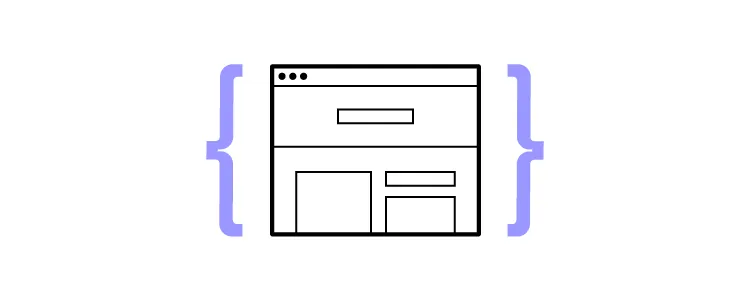
Prototyping and testing are integral to every design project. Designers must iterate fast to deliver within timeframes while ensuring they solve the project’s core problem according to the design brief and users’ needs. Unfortunately, traditional image-based design tools lack the fidelity and functionality designers need to achieve this successfully.
UXPin Merge is a code-based design tool bridging the gap between designers and engineers. Designers can build fully functioning prototypes using interactive components pulled from a design system’s repository.
This component-driven prototyping methodology allows designers to iterate faster while scaling the design process. PayPal proved this concept on an enterprise level when the internal UX team switched to UXPin Merge in 2019. Now, PayPal’s product teams complete 90% of design projects 8X faster than experienced UX designers could previously with traditional design methods.
“UXPin Merge enables us to perform this “snap-together” type design. We provide product teams with components they can drag and drop to build user interfaces. Product teams create layouts with fixed margins and components, so everything looks and works as it should. Designers didn’t have to police anything or step in to design products.” – Erica Rider, UX Lead EPX at PayPal.
Better quality prototypes improve testing
With Merge’s fully functioning components, designers can build prototypes indistinguishable from the final product. These high-quality prototypes allow designers to get actionable results from user testing and meaningful feedback from stakeholders.
Smoother design handoffs
The transition from design to development is seamless with UXPin Merge because designers and engineers use the same component library from the same repository.
Front-end engineers install the design system’s package and copy prototype layouts from UXPin. UXPin Merge renders JSX for each component which devs can view in Spec Mode.
“With this new UXPin approach, we’re seeing a more collaborative, integrative design process. Rather than separating design, prototyping, and development, UXPin allows us to create an integrated flow where we engage engineering and product teams throughout the process. As a result, the product’s final quality has improved dramatically.” – Erica Rider, UX Lead EPX at PayPal.
Enhance your design project management with the world’s most advanced design tool. Visit our Merge page to find out how to get started with revolutionary technology.




